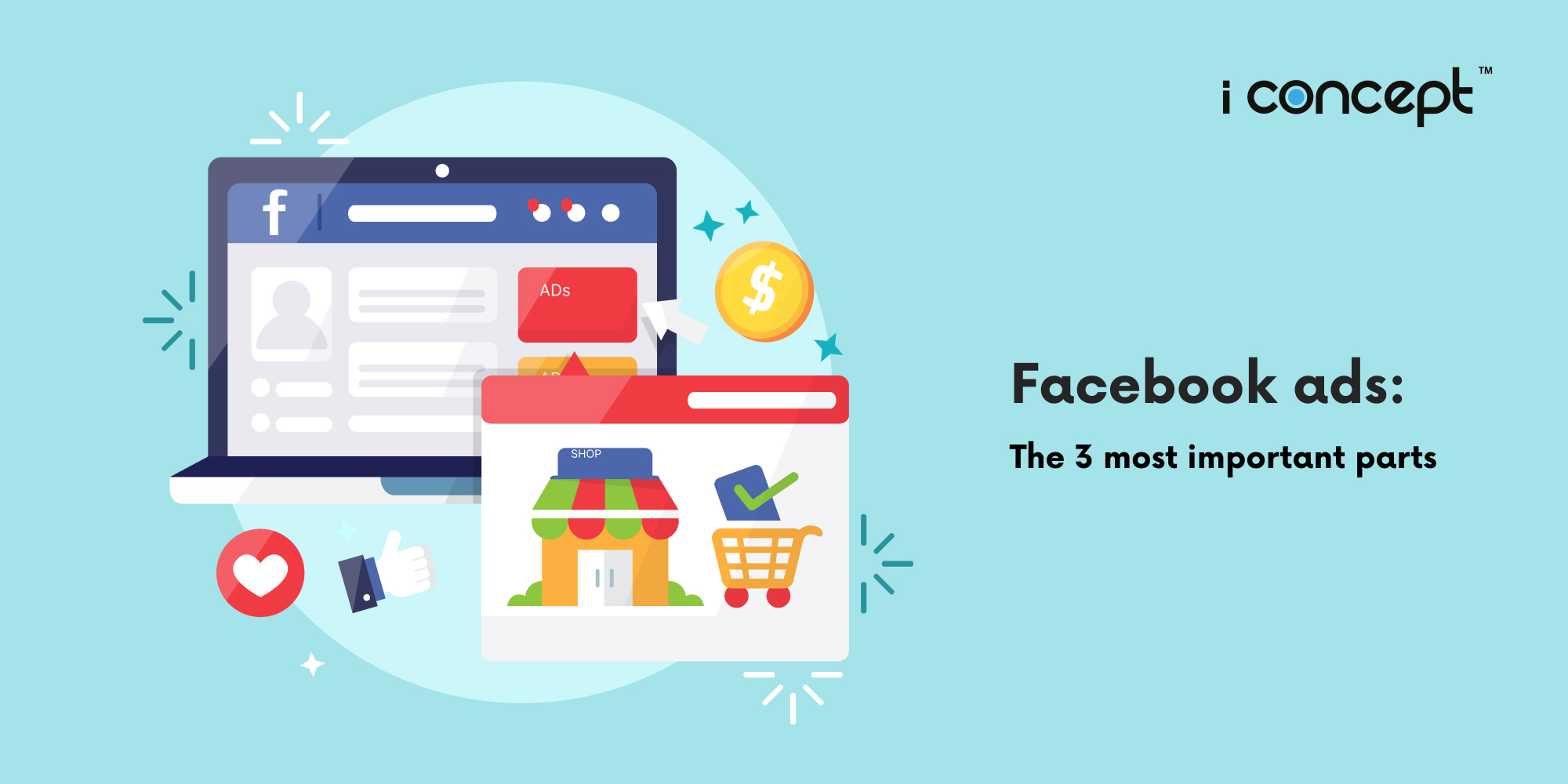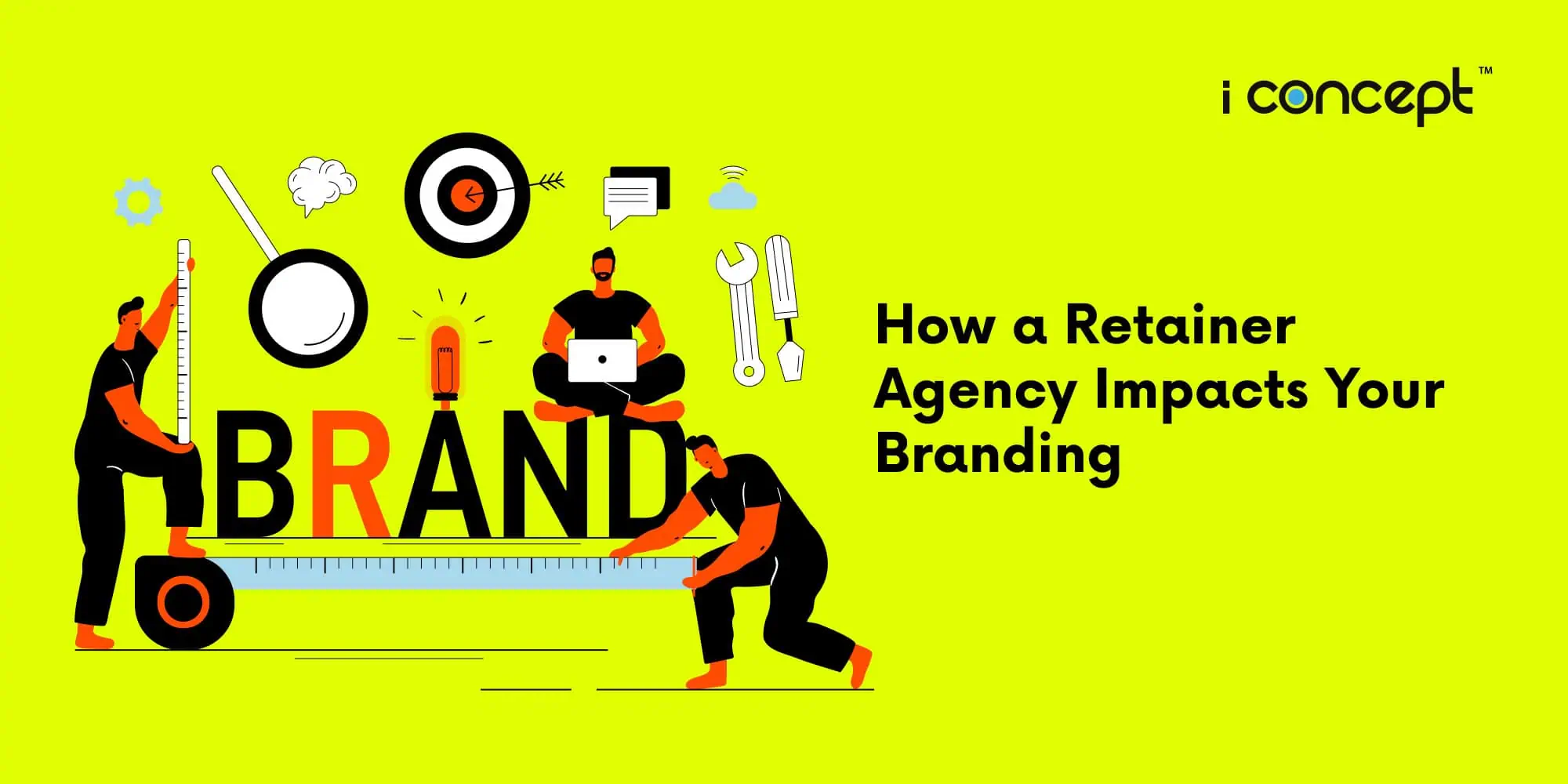Launching a digital marketing campaign on social media platforms such as Facebook these days is quite different from the regular TV and print ads we are familiar with. These platforms are constantly evolving, and there isn’t a fixed set of instructions that people can follow.
However, there are some things that don’t change in social media management. Over time, essential parts of a Facebook ad have quietly emerged, the key elements that give the ads the potential to come back with good return of ad spend (ROAS).
Understanding the anatomy of a Facebook ad
Anatomy is the study of structure or internal workings of something. And for this article, we’ll look at the “structure” and “internal workings” of successful Facebook ads that make them big advertising hits.
(The focus of this article will be Facebook ads, and by extension, can be applied to or tweaked accordingly, to ads on other social media platforms.)
Here are the different elements of a typical Facebook ad:
- Primary text
We all know of the power of text (otherwise known as word copy) written alongside the creative elements in an advertisement set. Primary text, otherwise known as post text or post copy, provides key details about the product, services, news or information that you are selling or sharing to the viewers.
There are different types of Facebook ads, and depending on the type, the primary text could be a one-liner, a couple of paragraphs long, or just several lines of ad copy. Smart digital copywriting comes into effective play when crafting the primary text.
For most instances, the first 125 characters of your primary text will be prominently displayed (before the ‘see more’ hidden section). Make sure you use this portion wisely.
Advertisers go through lots of testing to know what length best suits their Facebook ad campaigns. Some audiences respond better to single-line posts, while others prefer paragraphs in the post text area.
Also, many ads today use emojis to emphasise, express, and add flavour to the primary text. Emojis are great attention-grabbers, and you can try them out in your ads, but only if they fit your brand tone-of-voice.
Use hashtags as appropriate to help with searches, and increase visibility of your post.
Pro-tip: Include links to your website or landing page in the primary text to help increase outbound click-through rate and traffic to your site.
- Creative
Our brain processes visual information faster than it processes text. Your post text may be the best line of text you ever came up with, but it won’t be generating the engagement and return of interest you’re aiming for without a spot-on ad image or video to back it up.
That is why you should make your visuals as appealing as you can, and in line with your business’s branding, without being overbearing. Of course, you would want to put the most beautiful and eye-catching creative on your advertisement, but you need to consider how it blends with everything else in the ad.
To make sure the creative element you’re going to add to your ad campaign hits the right spot, you should know what your audience wants to see and the message you want your ad image to convey.
Also, ensure that your visuals are of quality. Make it a point to put out creative elements that aren’t blurry, grainy, too dark, too bright, or anything that’s practically of bad image quality. Do check the minimum size required for the different ad placements.
Using video creatives is another great way to drive more engagement and a higher click-through rate. When you add videos, you have to consider their length, quality, and how they will suit your ad objectives. Will a short, medium, or long video suffice, or be too much to tell your story? Make it just and make it right.
- Headline
The headline is an important part of a Facebook ad, as it does most of the convincing. Here, we take a look at how digital copywriting skills help you create high-converting headlines.
The headline is the line of text that’s captured in the frame of an ad post, below the creative. It’s the bigger and bolder line of copy that drives engagement.
For headlines, you are only allowed to use up to 40 characters, so be concise and make every letter and character count.
Excellent headlines combine creativity, a sense of urgency, and call-to-actions in a single line of text. The value your product or service can provide should emit from this one line of text. Know what value you can propose to your potential customers and put it into the text.
Unlike a usual post text, this liner needs to be short, clear, and catchy. It should spark inspiration, interest, and subsequent action all in one. Get their attention and make sure you lead them to click on the call-to-action (CTA) button.\
- Link Description
Sitting right under your Facebook ad headline is the link description. This is your chance to tell your audience more about your business or offer. What other value can you provide that wasn’t implied in your headline? Why is the value you’re proposing worth the call-to-action button click?
Depending on your advertisement objectives, you can cover more information about your product in this part. Some Facebook ad examples have pricing, best features, and geotagged information written in their ad description.
- Call-to-Action (CTA) button
To people engaging with your ad, this CTA button will lead them to where your ad is aiming for them to reach.
In Facebook advertising, you get various options for your call-to-action button. There’s Shop Now, Learn More, Download, Sign Up, Subscribe, Contact Us, or Use App if you’re promoting mobile apps. It’s best to use the proper words depending on your ad’s goal. Do you want sign-ups? Or users to make purchases? You need to be clear about it.
With CTA buttons being the gateway to getting people to engage more with your brand, it’s important to note that they should be anchored to links that work 100 per cent of the time. You don’t want your ad to catch someone’s attention only to lose them because of a link that’s down, slow, or can’t be found. Such customer experience might also harm your Facebook Customer Feedback Score.
Types of Facebook ads
In the world of Facebook ads, there are things defined uniformly other than the anatomy of a Facebook ad. Those things include types of Facebook ads, which can be identified according to two factors — ad formats and ad placements.
Ad Formats
After finding out your ad objectives and ad strategy, you can move along with selecting the right Facebook advertisement format. The available formats on Facebook include:
- Single Image ads
- Single Video ads
- Carousel ads
- Instant Experience ads
- Collection ads
- Slideshow ads
Different ad formats can be found in different ad placements. (You’ll read more about the latter in the next section.)
Each format has specific targets and design specifications that come with it. The effectiveness of each format depends on your ads. Here’s where a lot of testing comes in. During testing, you use different ad formats to find out which one works best for your target audience. To some, a medium-length video ad works well while short-video ads don’t drive a high ROAS.
Ad Placements
Putting your ads up in the right spots on Facebook combined with a suitable ad format can help you come out with excellent turnouts. Determining your ad placement and ad format will let you apply what you’ve learned in the previous sections.
While working around Facebook ads, you’ll have the opportunity to select where you want to show your ads in different places within the platform. For example, you can place your ads on Facebook and Instagram Newsfeeds and within Messenger. You can place them as Right Column ads, Story ads, or Audience Network ads.
When starting with Facebook ads, it’s highly recommended to begin with automatic placements. Automatic placements show your ads in places they’re likely to perform best according to Facebook’s algorithm.
After gaining enough knowledge on what placements help your ads perform the best, you can begin manual selection.
Once you familiarize yourself with ad formats and placements, you’ll figure out where your ads garner the best results. The last thing you want is to implement an ad campaign with the wrong ad format and placement. This will end up costing you money that should be poured into a better Facebook ad campaign.
Getting the help of the people in the know
So you see, getting Facebook ads done right is more than just putting some copy and images together. It’s simple, but also requires some planning and smart strategising, to reach your potential customers.
Still unsure about the whole social media ad campaign business? Or do you need more assistance in dealing with your brand’s digital marketing efforts? Experienced social media agency I Concept is able to help you with the above, and more!
A leading creative agency Singapore, we specialise in digital marketing and social media management, with our dedicated copywriters, designers and marketers on hand to help create Facebook ads that click. Get in touch with I Concept today.
